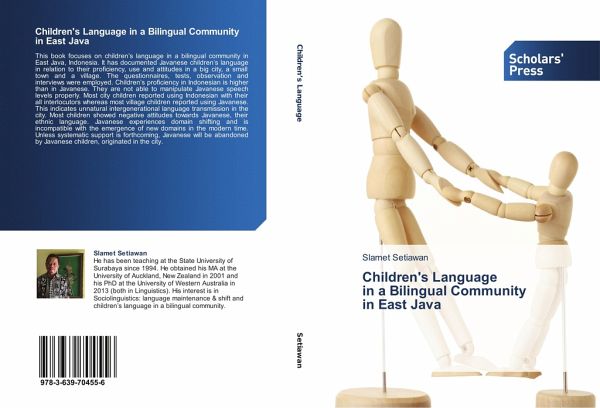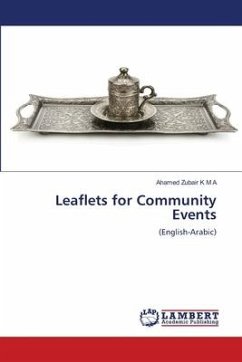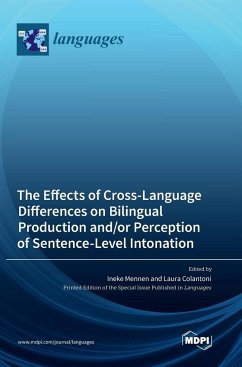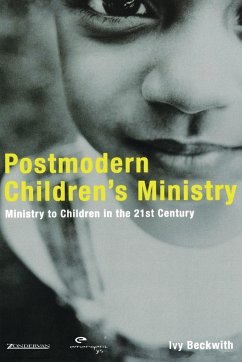
Children's Language in a Bilingual Community in East Java
Versandkostenfrei!
Versandfertig in 6-10 Tagen
49,99 €
inkl. MwSt.

PAYBACK Punkte
25 °P sammeln!
This book focuses on children s language in a bilingual community in East Java, Indonesia. It has documented Javanese children s language in relation to their proficiency, use and attitudes in a big city, a small town and a village. The questionnaires, tests, observation and interviews were employed. Children s proficiency in Indonesian is higher than in Javanese. They are not able to manipulate Javanese speech levels properly. Most city children reported using Indonesian with their all interlocutors whereas most village children reported using Javanese. This indicates unnatural intergeneratio...
This book focuses on children s language in a bilingual community in East Java, Indonesia. It has documented Javanese children s language in relation to their proficiency, use and attitudes in a big city, a small town and a village. The questionnaires, tests, observation and interviews were employed. Children s proficiency in Indonesian is higher than in Javanese. They are not able to manipulate Javanese speech levels properly. Most city children reported using Indonesian with their all interlocutors whereas most village children reported using Javanese. This indicates unnatural intergenerational language transmission in the city. Most children showed negative attitudes towards Javanese, their ethnic language. Javanese experiences domain shifting and is incompatible with the emergence of new domains in the modern time. Unless systematic support is forthcoming, Javanese will be abandoned by Javanese children, originated in the city.












